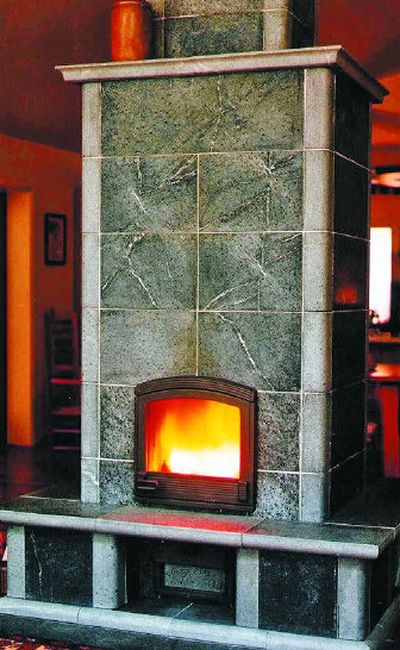Living green

There’s nothing quite like a fire in the fireplace on a cold winter’s night. The flickering flames and warmth can elicit so many instantaneous emotions – comfort, security, tranquility – but the alluring fire-in-the-fireplace comes at a cost. Smoke from chimneys this time of year increases air pollution. According to the Spokane Country Air Pollution Control Authority, during a six-month heating season, smoke from wood-burning devices contributes more than 2,000 tons of fine particles to Spokane’s air – more than industry emits in an entire year.
Urban homeowners in particular have to be very careful due to the concentration of chimneys in high-density neighborhoods and the presence of other urban pollutants. But, whether you live in an urban or rural area, if you’re burning wood not for home heating but strictly for occasional ambiance, switching to manufactured logs will greatly reduce harmful emissions created from burning cordwood. In addition, manufactured logs burn longer than cordwood, create little or no creosote inside flues, utilize recovered materials and are easy to store.
One good choice in manufactured logs is the Java-log. Java-log is made from used coffee grounds and a renewable vegetable-based wax. Its composition makes it one of the only manufactured logs to utilize a post-consumer waste product, and it is packaged in recycled packaging. Java-log emits 83 percent less particulate matter and 90 percent less carbon monoxide than cordwood and will burn two to three hours. You can find Java-logs at Fred Meyer and Albertsons.
An interesting wood-derived product is the Goodwood firelog and it is available from select retailers and online at www.summitviews.com. This log is made of post industrial wood byproducts, but uses no wax binders. The firelogs are compressed and bound only by the natural lignin in the wood, thus called “densified” wood. The logs are packaged unconventionally in a 100 percent natural jute burlap bag that holds soy-waxed starter chips. Unlike most manufactured logs that can be burned only one at a time in an open fireplace, Goodwood firelogs can be burned in a wood stove, and additional densified logs or regular wood can be added to the fire at any time. Goodwood firelogs emit 25 to 50 percent less particulate matter and 50 percent less carbon monoxide than cordwood. One bag will burn 1 1/2 to 3 hours.
The most popular brand of manufactured log doesn’t mean it’s the best. A number of popular logs utilize a significant amount of nonrenewable petroleum wax to bind its other two ingredients – wood waste and ground nutshells. Still, under the right conditions, these logs produce 73 percent less particulate matter and 88 percent less carbon monoxide than firewood, and one 5-pound log can last up to three hours.